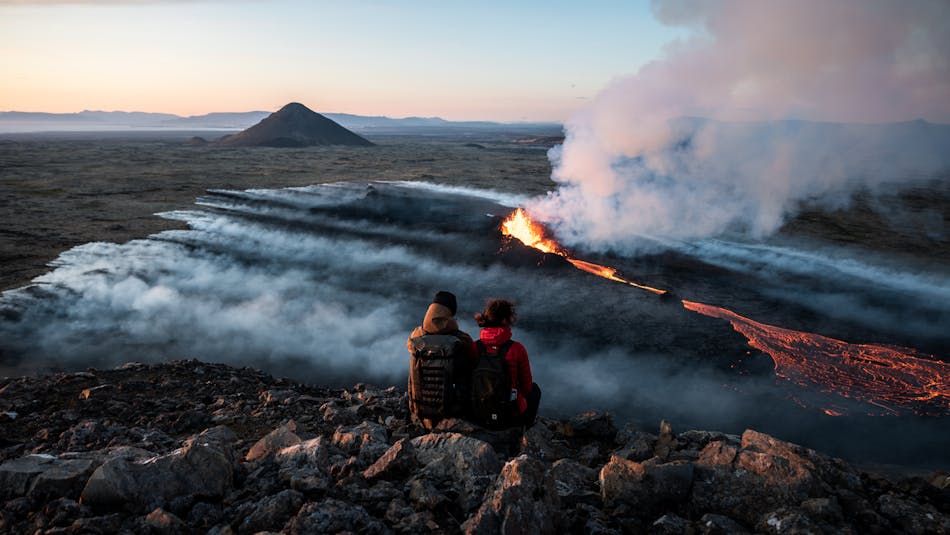
The Reykjanes Peninsula, a geologist's paradise and UNESCO Geopark, showcases the Earth's crust in action and offers geological wonders at every footstep.

The Reykjanes Peninsula, a geologist's paradise and UNESCO Geopark, showcases the Earth's crust in action and offers geological wonders at every footstep.